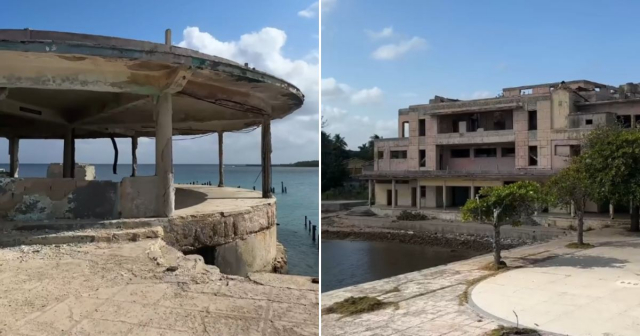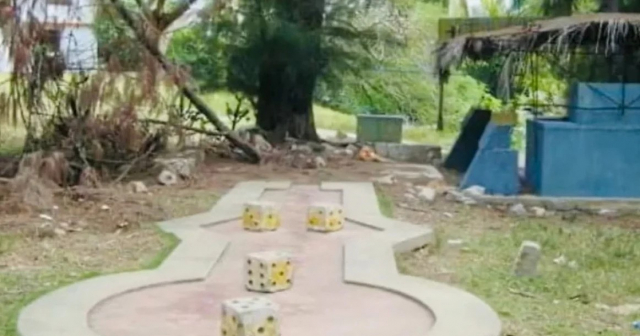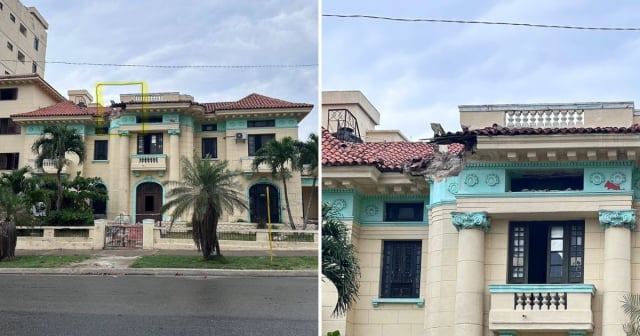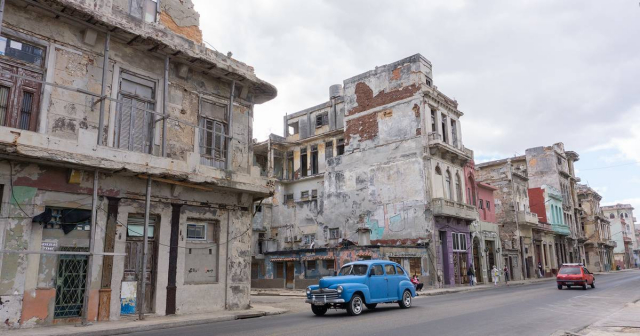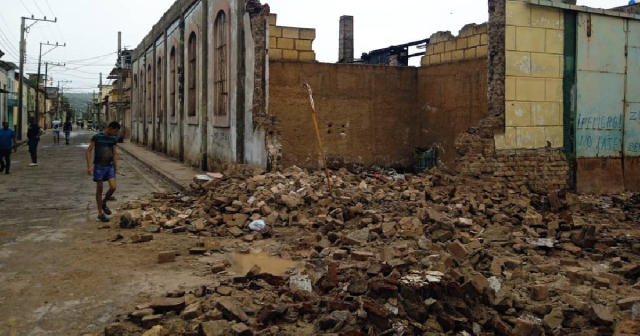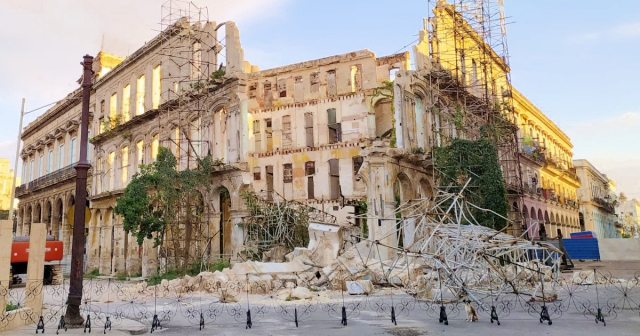At the end of the nineties, there were rumors that it would be converted into a health tourism facility, but after decades of total abandonment, the Antituberculosis Sanatorium Pilar San Martín remains a ghostly ruin in the middle of nowhere.
Located in Guanito, at kilometer 18 of the road leading to Luis Lazo in Pinar del Río, the sanatorium for tuberculosis patients ordered to be built by President Ramón Grau San Martín is an architectural skeleton where victims of cyclones and abandoned families survive without any social protection.
The reporters from the YouTube channel Mario Sergio TV went there to show the condition of an infrastructure that cost around 400,000 pesos in 1948 (the year it was inaugurated), which would be equivalent to about $5,220,580 today.
Although since its opening the hospital faced problems with the water supply, the passage of time and the prevailing neglect following the triumph of the so-called "revolution" turned a leading institution at the time into a dilapidated building, with an irreversible degree of deterioration and populated by victims of the social exclusion prevalent in the communist regime.
Among the inhabitants of Guanito, it is said that ghosts roam there, but the truth is that families with children live there, some with developmental issues, and all are marked by extreme poverty and the lack of a roof to live with dignity.
Doctor and from Pinar, Grau San Martín commissioned the construction of the Antituberculoso Pilar San Martín sanatorium (named after the president's mother) with a capacity for 69 beds. Equipped with all the advancements of the time, the hospital eventually increased its capacity to 150 beds over the years.
The isolation of the property was considered necessary, as tuberculosis, which is highly infectious, was deemed very dangerous in the years when the institution was established.
After the decrease of tuberculosis in Cuba and around the world, health authorities decided to convert the hospital into a psychiatric hospital around 1970. However, with the arrival of the so-called "Special Period" in the 90s, they relocated the patients to Pinar del Río and abandoned the Guanito hospital.
Finally, almost three decades ago, the authorities of MINSAP decided to abandon everything, and only a deserted, vandalized, and ghostly shell remained, which popular imagination has populated with ghosts.
The completely abandoned property has served as a refuge for victims of cyclones and vulnerable families who have settled in its ground floor. The rumors suggesting that the skeleton would be utilized to convert it into a health tourism facility were debunked by the apathy of the authorities, who preferred to abandon a unique building that witnessed the progress of republican Cuba.
The Ministry of Public Health (MINSAP) took all the medical and service materials, including kitchen appliances, elevators, air conditioners, and beds, and periodically sent an architect to take measurements and create plans with the idea of recovering a healthcare facility in whose ruins the excluded of a regime intent on erasing and denigrating the past of a vibrant and prosperous society now survive, with the intention of being remembered in history as the saviors of the nation.
Qualified by revolutionary historiography as "a diamond in the hands of a beggar," the Antituberculosis Sanatorium Pilar San Martín constituted an example of the social work of National Reformism in Cuba, a political movement that developed from 1944 to 1952, with the rise to power of the Cuban Revolutionary Party (Authentics) and the broad mass movement developed by the Cuban People's Party (Orthodox) from the opposition.
Today, it is a ruin embedded in the widespread decay established by the so-called "revolution" and its violent imposition of communism, the only allowed ideology and the cause of the extinction of the thriving civil society of the Republic.
What do you think?
COMMENTFiled under:

